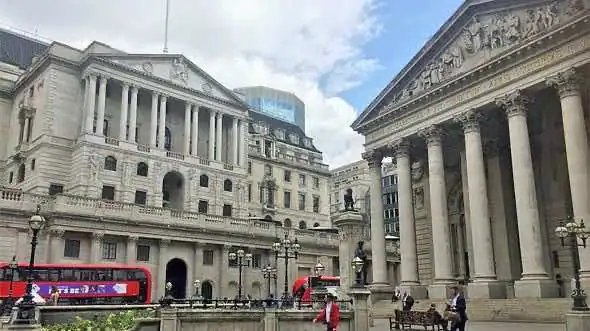
I thought I’d just hang around the Square Mile today. That’s the area inside the old city walls that runs roughly from St. Paul’s Cathedral to the Tower of London. We confusingly call this area ‘The City’, or the ‘City of London’, which technically means that Big Ben and Parliament are not really in the City of London at all – they are in the City of Westminster (the sister-city of The City, if you see what I mean). So now that you are thoroughly confused, I can carry on with the review…
If you want to make some new friends then try catching the tube from Waterloo to Bank at half-past eight in the morning, when all the bleary-eyed businessmen and women are rushing off to work. Talk about a crush! I have never seen such a busy station in all my life. When you finally make it to the platform that is no guarantee of actually getting on the next train because you only advance about ten rows forward every time one goes until you’re eventually forced inside by the advancing mass of commuters behind. They push everyone in like an ill-fitting puzzle piece, stuff them in, cram them through the tube train doors, and that’s your position for the next five minutes as it rattles on to Bank. Then you get shoved out the other end onto an airport-style travelator to the exit. Welcome to London!
Bank Junction
When you exit the station you’ll be staring at one of London’s finest buildings: the Royal Exchange. It’s a big Corinthian-columned building that looks far too grand to enter (it’s actually just a posh shopping centre). If this is your first visit to The City then get your camera out for some quick photos. Across the road from the Exchange is the Bank of England, and over the road from there is Mansion House – home to the Lord Mayor of London.
I’ve seen it all before so I’ve just headed straight for the next best place: Starbucks in Walbrook. That’s where I am right now, queuing behind fifty city calculators on their way to their office. Time is money to these people. Every five minutes standing in Starbucks is another ten grand down the plughole. They have deals to make, shares to sell and losers to shout at. We haven’t got time to queue, god dammit! Can’t you see my elbows sticking in your ribs? That means MOVE!
I would have made quite a good yuppie, I think, but unfortunately I was a bit too young for all of that (I was still at school in the 1980s). But I would have been one of the country’s top yuppies, without a doubt. A Filofax in one hand, a big brick of a cellphone in the other, slicked-back hair like Don Johnson in Miami Vice, listening to Duran Duran on my Sony Walkman. (Okay… maybe I would have drawn the line at listening to Duran Duran.)
I have been reading quite a few economic books recently about how the City really works, and with this new found insight (I’ve read about ten pages so far) I have decided that London’s money men are a bunch of chancers, gamblers and crooks. Take this guy opposite me right now, for example, laughing uproariously as he drains the last drop of someone’s pension fund from his recyclable cup, blowing all my savings on a slice of lemon drizzle cake. You’ve got to admire him really. He’s probably got a riverfront flat overlooking Tower Bridge. Maybe his bones are bright white and his heart beats in musical tunes.
Royal Exchange & Duke of Wellington statue
Back into the daylight now. One of the best benches in London is outside the Royal Exchange. You’ll find a little forecourt with flowerbeds and statues of old soldiers by the Duke of Wellington (you will see him a lot on your travels around London). Have a sit down there for five minutes and watch the world go by – this is my favourite place to sit in the whole of London.
Mansion House & Bank of England
As pretty as this junction is, there’s not a lot to actually do. You can have a look around the Royal Exchange if you like, and steam up the posh shops’ windows with your breath (trust me, you won’t be able to afford anything), but Mansion House is only accessible through a tour. And the only way to enter the Bank of England is with a fat wallet or a gun, and I have neither. They have a free museum about money round the righthand side, but I don’t recommend it for a tourist. So take a tip from me and go for a stroll down Lombard Street instead, to the left of St. Mary Woolnoth church. They usually have a little coffee caravan on the church steps if you fancy accompanying me on my coffee crawl. The last time I went on one of these coffee crawls I nearly had a heart attack from all the caffeine, so be careful.
There’s a lot of nice buildings around this area, mixed up with a few modern monstrosities that went up after the war. Throgmorton Street is one of my favourites, which gives you a good idea of how Ye Olde London must have looked before it got demolished – it’s got some very ornate carvings, columns and clocks above the tops of the doors.
Monument to the Great Fire of London
When you reach the end of Lombard Street you’ll see Christopher Wren’s Monument over to the right, built to commemorate the Great Fire of London in 1666. And over to the left is the so-called ‘Cheese Grater’ building. Apparently it looks like a cheese grater. And straight ahead is the Walkie Scorchie skyscraper. This is one of my favourite buildings in the entire city because a few weeks after it opened the curved glass facade famously started to melt all of the cars in the road below by focusing all of the sun’s rays onto the pavement. So if it’s sunny be extremely careful around here, I don’t want you bursting into flames. (I won’t be liable for that, by the way, so you can’t sue me.)
Leadenhall Market
Carry on walking in the same direction towards the Walkie Scorchie and then take a left into Lime Street. Well done, you have just walked across the site of the old Roman basilica, although there’s nothing left above ground to tell you (apparently there are a few bricks in a barber shop’s basement, but it’s out of bounds to the public). Take a quick left down Lime Street Passage and then enter the Victorian-esque Leadenhall Market – coffee stop number three.
After that little detour come out the way you came in and continue up the rest of Lime Street, where you’ll be treated to two more nice buildings: the inside-out Lloyd’s Building (you will understand what I mean when you see it!) and the pickle-shaped Gherkin. You can’t go inside either of these buildings unfortunately, but they’re still worth a look.
If you enjoy this then try Guildhall (you can walk it in 6 mins); Mansion House (you can walk there in less than 1 min); Royal Exchange (you can walk there in less than 1 min); St. Paul’s Cathedral (you can walk it 10 mins) and Tower of London (walk it in 14 mins or travel from Bank to Tower Hill by tube). You might like to try my two-hour self-guided walk around the City as well
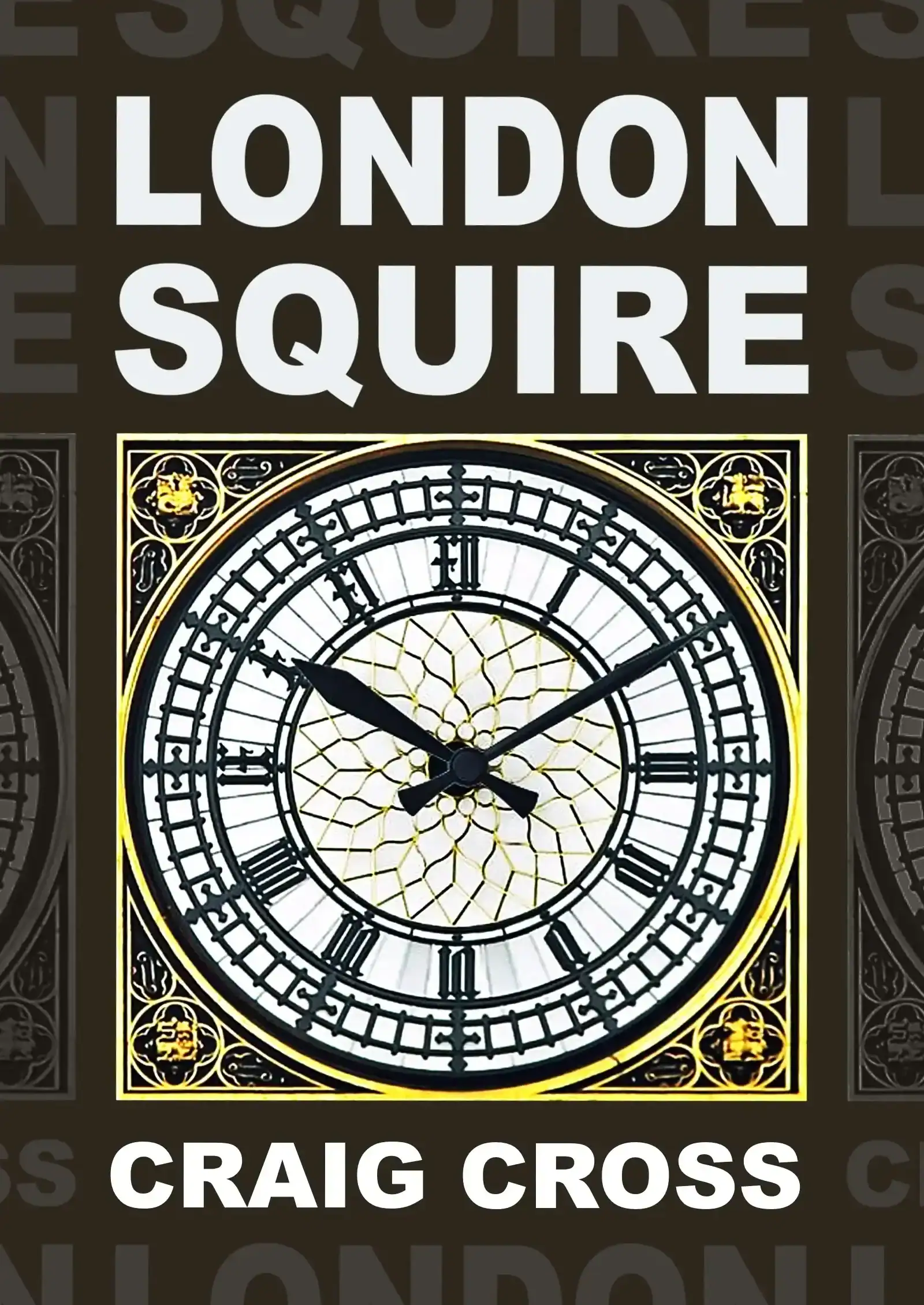 The author Craig Cross owns city-guide.london and has spent the last decade reviewing the capital’s landmarks, attractions and hotels. His guidebook London Squire is available from Amazon
The author Craig Cross owns city-guide.london and has spent the last decade reviewing the capital’s landmarks, attractions and hotels. His guidebook London Squire is available from Amazon
Related articles and events
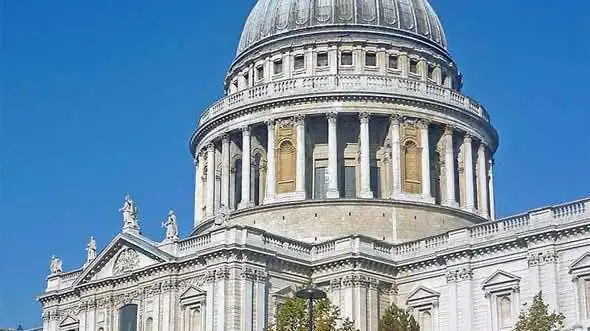
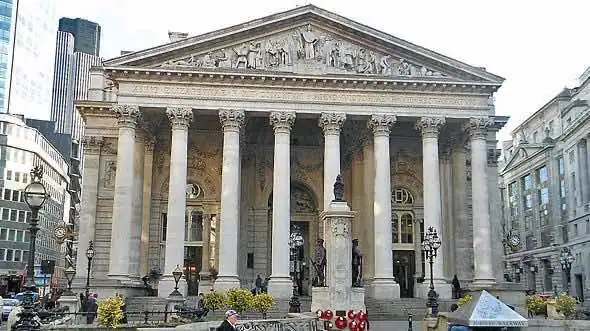
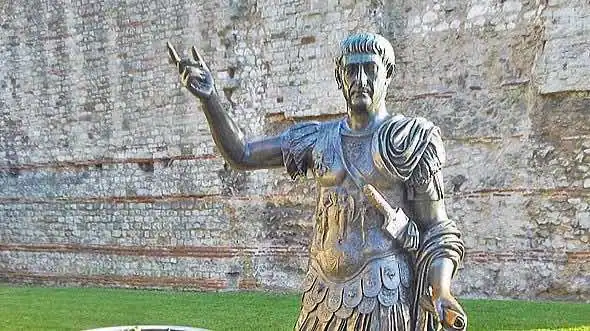
Your comments and questions
Steph What's the difference between London and the City of London? Or are they both the same thing
Craig Hi Steph. The City of London refers to the area of the original city, which was inside the old Roman walls. That was where all the businesses, shops and population lived. There was then a separate city further down the river called Westminster, home to the monarchy, government and richer sorts, which was linked to the City of London by a long road where Fleet Street and the Strand is today. When people talk about 'London' today they're usually referring to the 32 boroughs of Greater London, rather than just the City of London
Leave a comment